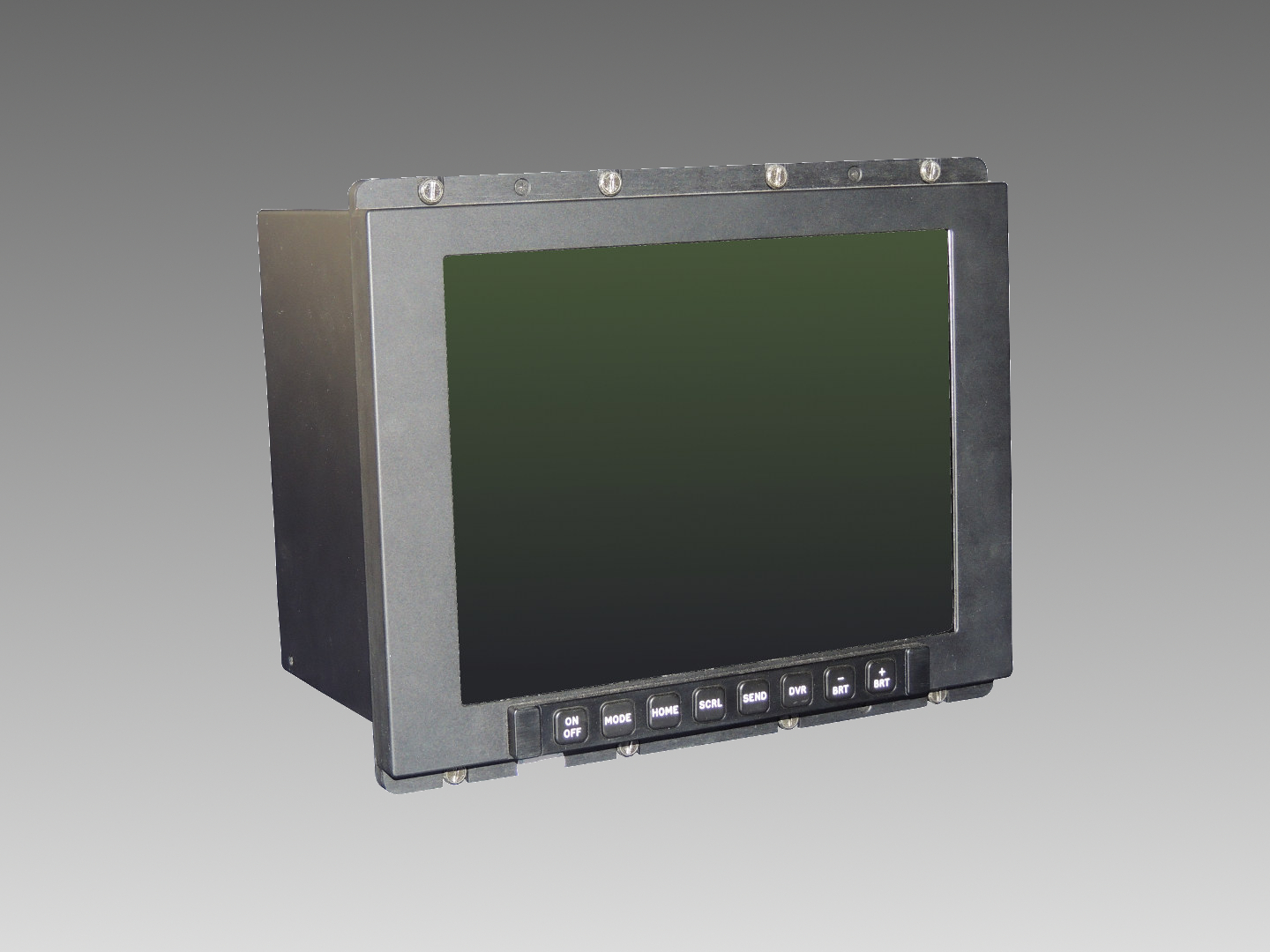

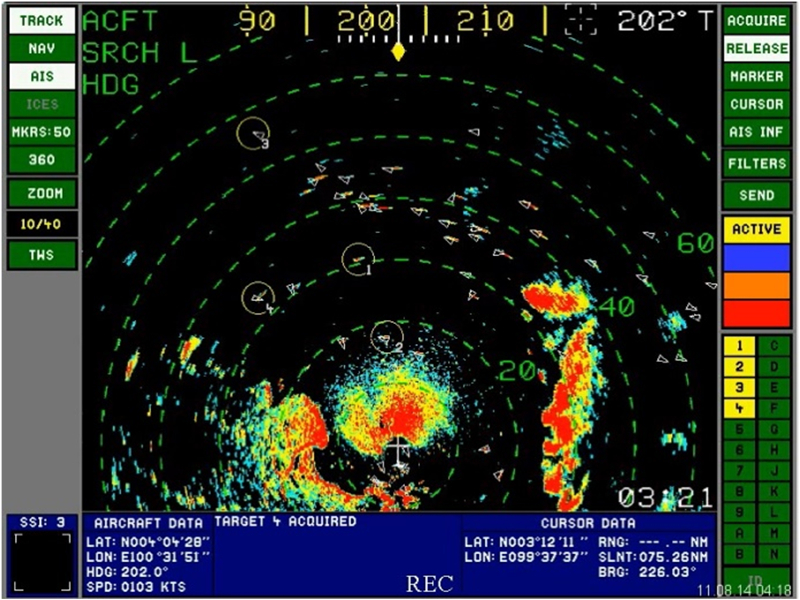
The Caledonian Track While Scan (TWS) Radar Enhancement is a unit which can be readily integrated with a variety of mature radars which can significantly increase their value and capability.
Radars can be transformed from very elementary radars to surveillance systems having Scan to Scan Integration Detection enhancement, AIS, ADS-B Overlays, Target Tracking, Geostationary Markers, AIS Filters and a host of other capabilities. Naturally the Caledonian TWS can be seamlessly integrated within the Scorpio Mission System.
Key Specifications:
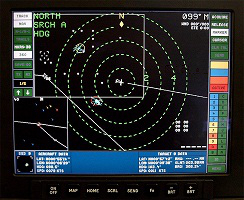
The 396 TWS is the latest in the line of Caledonian Airborne Systems radar enhancements, applicable to a large range of airborne maritime surveillance radar systems.
The 396 series are evolutions of the Mk2 CAS CPT-096. The 396A has been designed to enhance sector scan radars and the 396B to enhance 360° radars.
These are proven products with 18000 FH MTBF.
Much of the previous design philosophy has been retained, such as the fact that the 396 TWS is a fully integrated indicator / radar data processor in a single enclosure. The integrated tracking algorithms within the TWS have been specifically designed to support airborne maritime surveillance operations.
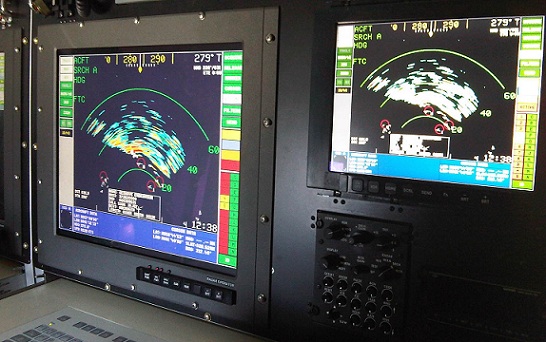
The primary purpose of the system is the display of radar data, and to enhance the performance of the radar by improving the likelihood of accurately determining the positions, headings and speeds of maritime surface vessels under surveillance. Further, the system has integrated within its detection and track algorithm a new Scan to Scan Integration (SSI) feature to improve detection of targets in poor signal to noise ratios. Integrated within the SSI algorithms are real time three-dimensional filters to further enhance clutter rejection.
Caledonian has designed the entire microprocessor architecture for the product, from video digitisers to algorithm execution processor boards and data distribution modules specifically for TWS operations. This results in a seamless interface with the host radar, very effective target surveillance and ease of installation. All algorithms and code have also been developed and authored in house, thus enabling full control and possible customization if desired. Significant enhancements over its predecessors include improved accuracy, significantly reduced time to first 90% accuracy report and improved clutter rejection techniques.
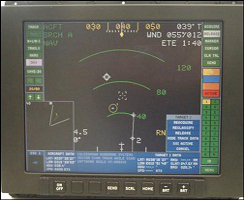
The Caledonian TWS has been successfully adapted to extract target data and provide enhanced overlays for a wide selection of different radar types. Opposite there is an application delivered to a government agency that would send target data to a drone, the data being derived from the TWS.
Scan To Scan Integration SSI:
In the image below left the content of the radar returns contains a very small target and sizeable fragmented clutter. The extracted output from the SSI algorithm is shown below right. This is presented in the bottom left hand corner of the Caledonian’s 396 series TWS.
First and foremost it can readily be seen that the dense clutter of the image above has been reduced to three innocuous elements of cyan clutter. The target itself is represented by strong returns of red, yellow and cyan.
The image generated is fairly typical of the signal to noise ratio generated by the SSI algorithm.
In conditions where the original, or prevailing, scan signal to noise ratio is better, a similar representation is gained, but with no clutter representations whatsoever. Hence another gain of the algorithm is its very wide dynamic range.

.jpg)
Control:

Control of the TWS system is achieved using the joystick or trackball. The joystick is a proportional output, 360 degree capability with an enter button built into the cap. A majority of the TWS features are controlled on a point and click basis.
Notably, the response of the joystick / trackball has been tailored to suit turbulent conditions associated with low level flying necessary for maritime surveillance. Subsequently very fine control can be achieved under these conditions, as well as very fast control when required. For frequently used controls, hard keys are used. This also serves to maximize the time the TWS cursor is in the active radar portion of the screen.
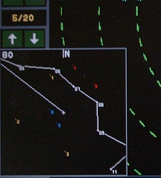
360 Mode Representations of Sector Scan Radar (Patent Pending) Opposite there is an image of the 396B TWS with the 360 mode enabled. This mode can be activated / deactivated on command using the 360 soft key. The benefit of this facility in a 360° radar is that different range scales from the Radar display can be selected thus offering a tactical situation representation, as well as enabling radar tracking and surveillance at smaller ranges.
Further this mode depicts off screen targets and waypoints as desired.
Optional / Functions:
Additional TWS Display modes:
Keyboard with the following functions:
